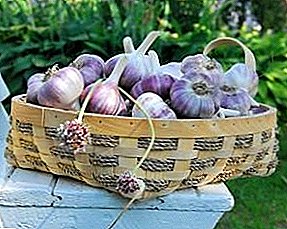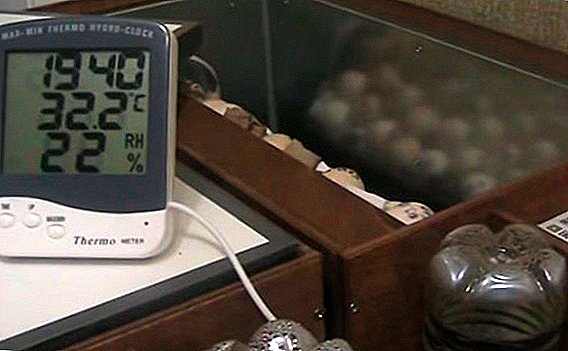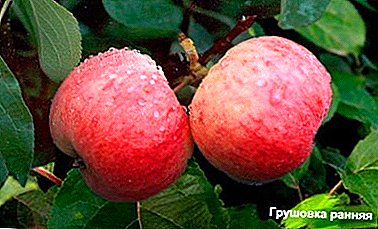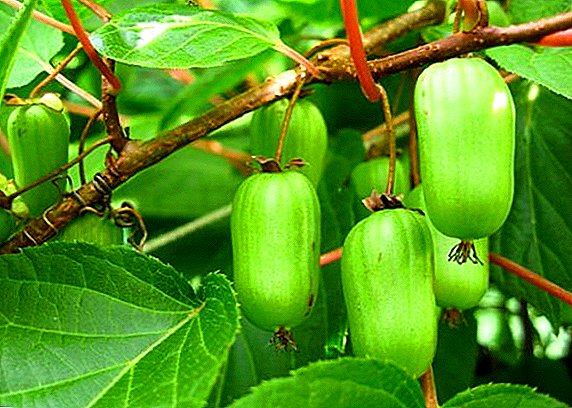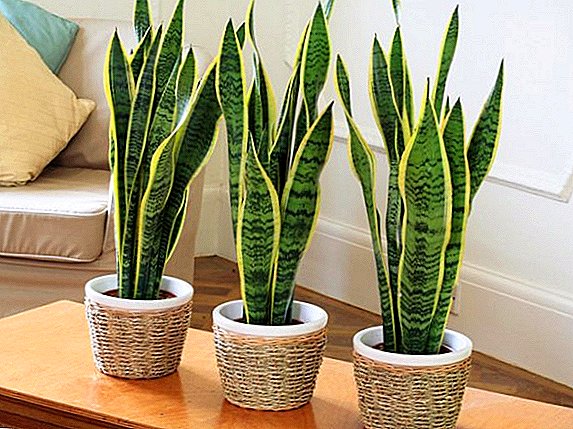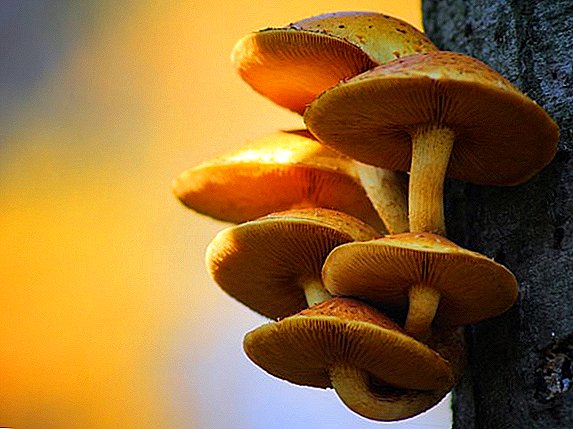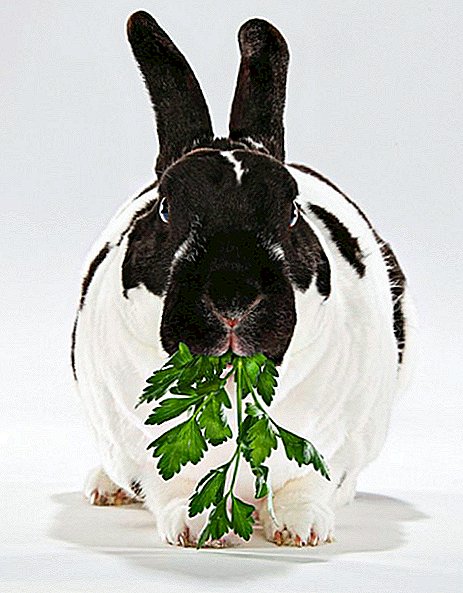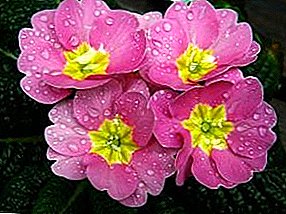 Primrose or primrose - This is a beautiful herb from the family primrose. Its name comes from the Latin word prímus, which means “first, early”, as the primrose blooms one of the first in early spring.
Primrose or primrose - This is a beautiful herb from the family primrose. Its name comes from the Latin word prímus, which means “first, early”, as the primrose blooms one of the first in early spring.
This delightful flower is also called the “ram” (the leaves have a wavy shape and are similar to the back of a lamb) or “key” (the flowers, arranged in groups, resemble a bunch of keys).
Garden primrose pleases the eye with a variety of shapes and colors, because it contains the whole palette of colors: these are monochromatic flowers, and two-colored, and spotty with a reddish, white, violet, bluish color. The flowers themselves on the stem are placed both individually and collected in beautiful, varied in shape inflorescences.
Primula is grown at home, used as an element of landscape design, planting on flowerbeds in the gardens. But primrose ordinary found use in cooking.
Canna flowers will be a great decoration for any garden.
Features of growing decorative cabbage, read here.
Varieties of daylily varieties //rusfermer.net/sad/tsvetochnyj-sad/vyrashhivanie-tsvetov/osnovnye-pravila-po-uhodu-i-vyrashhivaniyu-lilejnikov.html.
The variety of species of primrose garden
All types of garden primroses can be divided into 7 classes, 23 sections, about 500 species. But more convenient for practical use is the division based on the timing of flowering, the shape of flowers, the characteristics of the location of the inflorescences.
Depending on the location of the inflorescences and the shape of the flowers, the following types are distinguished:
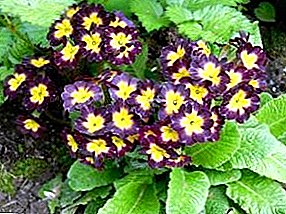 Bell-shaped primrose with drooping flowers on a high stem
Bell-shaped primrose with drooping flowers on a high stem- Umbrella primrose with a rounded high umbrella
- Spherical primrose (inflorescences have a capitate)
- Candelabra primrose (inflorescences are located in several tiers)
- Cushion primrose with single flowers on thin peduncles, which are located throughout the bush.
Primula garden, given the timing of flowering, is divided into early flowering and flowering.
How to plant a primrose at home?
You can propagate this plant with the help of seeds (you need to collect them in the summer), dividing bushes, rosettes. The reproduction of primrose by dividing the bush is best done during transplantation, the best time is autumn or spring. For planting this plant you need to use loose soil, with the addition of peat, turf and leaf land.
Primula - home care
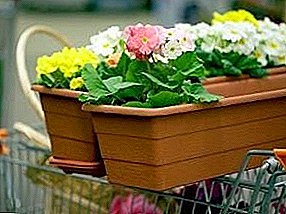 Growing primrose as a houseplant has some special features.
Growing primrose as a houseplant has some special features.
So it’s better to put pots with this plant on the west or north-west side, because the primrose does not like direct sunlight. The temperature in the room should not be very high, within 10-12.
In the summer you need to place pots with primroses on the balcony, where she can get fresh air and grow in the shade.
A beautiful decoration of any garden is a perennial Rudbeckia.
Find out when digging daffodils before winter //rusfermer.net/sad/tsvetochnyj-sad/vyrashhivanie-tsvetov/neprihotlivie-nartsissy-prosypayutsya-vmeste-s-rannej-vesnoj.html.
Planting and care for perennial primrose
When planting a primrose should be guided by the main rule - to create conditions as close as possible to natural! Since this plant does not like direct sunlight, then the best place for it will be shaded areas in the corner of the garden or under the trees. The ideal soil for moisture-loving primroses is clay, as it has sufficient water permeability.
A prerequisite is the use of organic fertilizers, because then the soil will be saturated with nutrients. In addition to adding fertilizer before planting, you need to periodically feed the plant. The first time is carried out after melting snow mineral fertilizers, the second - after a few weeks using superphosphate.
 The best time for the third feed is the end of June, when organic fertilizers are combined with superphosphate. The end of August is the best option for making superphosphate in order to prepare for winter.
The best time for the third feed is the end of June, when organic fertilizers are combined with superphosphate. The end of August is the best option for making superphosphate in order to prepare for winter.
Another important point is loosening the soil, which increases the degree of permeability of water and fertilizer.
With long-term planting, it is imperative to carry out a primrose planting 1 time in 3-4 years by dividing it into sockets. The leaves on the primroses in the fall should not be cut off, but the primrose and the Japanese primrose should also be covered with foliage to protect from the cold.
Primrose pests
In spring and summer, it is important to protect the primrose from pests: aphids, weevil, slugs, fleas, mushrooms. After all, if the leaves are damaged, they wither, the flowering weakens, and the plant loses its beautiful appearance.
In pest control, 2% basezol, 1% Bordeaux mixture, 1% nitrofen are used.
With proper and proper care, these flowers will always please the eye!
Recommended to read - Dahlias, planting and care.
Marigold flowers will decorate your garden //rusfermer.net/sad/tsvetochnyj-sad/vyrashhivanie-tsvetov/barhattsy-neprihotlivye-istochniki-fitontsidov.html.


 Canna flowers will be a great decoration for any garden.
Canna flowers will be a great decoration for any garden. Bell-shaped primrose with drooping flowers on a high stem
Bell-shaped primrose with drooping flowers on a high stem A beautiful decoration of any garden is a perennial Rudbeckia.
A beautiful decoration of any garden is a perennial Rudbeckia. Recommended to read - Dahlias, planting and care.
Recommended to read - Dahlias, planting and care.